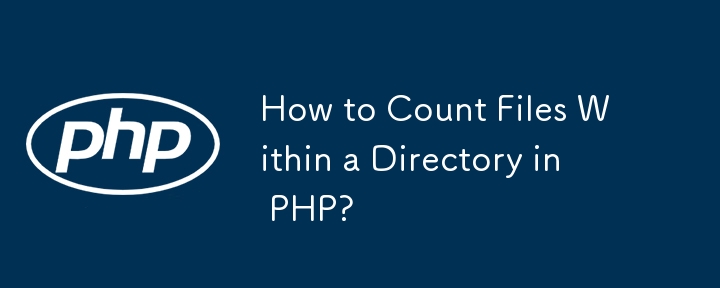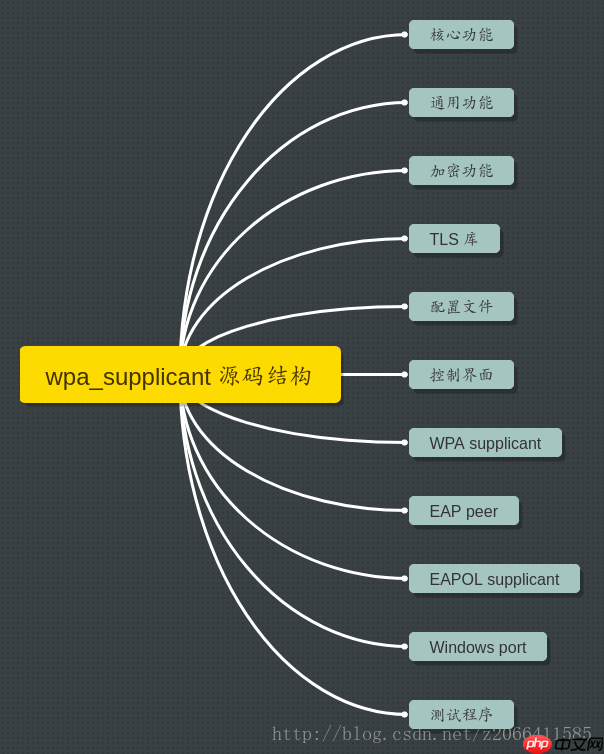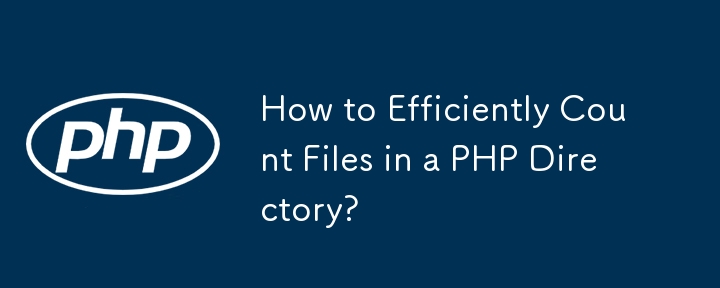
Course Introduction:Linux: The cornerstone of modern computing, from smartphones to supercomputers, can do everything. Over the years, the size and complexity of the Linux kernel has increased significantly. As of January 2025, the Linux kernel source code contains approximately 40 million lines of code! This is one of the greatest achievements in the history of open source, community-driven projects. This article will discuss the exponential growth of the number of lines in the Linux kernel source code, the reasons and how to check the current number of lines by yourself. Directory -Linux kernel history Count the number of lines of the Linux kernel source code only count C and header files Exponential trend of kernel growth Verify historical Linux kernel lines Summary Linux kernel history Since 1991 Linus Tor
2025-03-05 comment 0 1134

Course Introduction:To implement reusable Vue paging components, the following key points need to be clarified: 1. Define props including the total number of lines, the number of lines per page and the current page number; 2. Calculate the total number of pages; 3. Dynamically generate the displayed page number array; 4. Process the page number click event and pass it to the parent component; 5. Add styles and interaction details. Receive data through props and set default values, use the computed attribute to calculate the total number of pages, use the method to generate the currently displayed page number array, render buttons in the template and bind click events to trigger the update:current-page event, listen to the event in the parent component to update the current page number, and finally highlight the current page number through CSS and control the button status to improve the user experience.
2025-07-26 comment 0 1001

Course Introduction:Counting Files in a Directory in PHPOne common task in programming is determining the number of files in a specific directory. PHP offers several...
2024-11-04 comment 0 1219

Course Introduction:wpa_supplicant is a huge open source project with the latest version 2016-10-V2.6. The current WiFi application layer operations are mostly encapsulation of wpa_supplicant, including the Android system. According to preliminary statistics, the number of source files of wpa_supplicant is 552, and the number of lines of code reaches 200,000. Analyzing such a huge project is a difficult task, and readers are asked to be fully prepared. The source code directory structure of wpa_supplicant is as follows: ├──ap//hostapd related functions ├──common//General functions ├──crypto//various encryption functions ├──driv
2025-09-02 comment 0 679

Course Introduction:Counting Files in a PHP DirectoryIn a recent project, you encountered the need to determine the number of files in a specific directory. You...
2024-11-06 comment 0 1100

Course Elementary 13903
Course Introduction:Scala Tutorial Scala is a multi-paradigm programming language, designed to integrate various features of object-oriented programming and functional programming.

Course Elementary 82451
Course Introduction:"CSS Online Manual" is the official CSS online reference manual. This CSS online development manual contains various CSS properties, definitions, usage methods, example operations, etc. It is an indispensable online query manual for WEB programming learners and developers! CSS: Cascading Style Sheets (English full name: Cascading Style Sheets) is an application used to express HTML (Standard Universal Markup Language).

Course Elementary 13244
Course Introduction:SVG is a markup language for vector graphics in HTML5. It maintains powerful drawing capabilities and at the same time has a very high-end interface to operate graphics by directly operating Dom nodes. This "SVG Tutorial" is intended to allow students to master the SVG language and some of its corresponding APIs, combined with the knowledge of 2D drawing, so that students can render and control complex graphics on the page.

Course Elementary 24705
Course Introduction:In the "AngularJS Chinese Reference Manual", AngularJS extends HTML with new attributes and expressions. AngularJS can build a single page application (SPAs: Single Page Applications). AngularJS is very easy to learn.

Course Elementary 27547
Course Introduction:Go is a new language, a concurrent, garbage-collected, fast-compiled language. It can compile a large Go program in a few seconds on a single computer. Go provides a model for software construction that makes dependency analysis easier and avoids most C-style include files and library headers. Go is a statically typed language, and its type system has no hierarchy. Therefore users do not need to spend time defining relationships between types, which feels more lightweight than typical object-oriented languages. Go is a completely garbage-collected language and provides basic support for concurrent execution and communication. By its design, Go is intended to provide a method for constructing system software on multi-core machines.
vim shortcut key to delete function
2017-05-16 16:36:33 0 1 839
2017-05-16 17:02:01 0 2 759
Group users (total users, admin users, control operators, guards) using Eloquent queries
2024-04-05 12:11:26 0 1 740
2017-05-24 11:31:57 0 2 1220
javascript - Why is the output order in Node.js different from expected?
2017-05-31 10:40:11 0 2 762